BIG KAISER’s 10 Most Useful Articles of 2020: Part 2
In case you missed it, be sure to read part 1 of this post for a glimpse at five more articles from leading trade magazines that are jam packed with some of our best advice. Let’s dig into five more, covering topics like the differences between types of milling holders, 5-axis work and micromachining.
Improving Tool Holder Performance
BIG KAISER author/contributor: Alan Miller, engineering manager
Publication: July 2020 edition of Gear Solutions
Key quote: “The four critical requirements for tool holders are clamping force, concentricity, rigidity, and balance for high-spindle speeds. When these factors are dialed in just right, there’s nearly no chance of holder error and considerable cost reduction is achieved thanks to longer tool life and reduction of down-time due to tool changes.”
Something you’ll learn: why all dual contact holders are not the same and the marking to look for to verify true BIG-PLUS dual contact.
Read article now
Workholding Considerations for 5-axis Machining
BIG KAISER author/contributor: Jack Burley, VP of sales and engineering; John Zaya, workholding product manager
Publication: August 2020 edition of Modern Machine Shop
Key quote: “Don’t think that your fixture has to be designed around the part. Holding could take a very different form. Take a step back from what you’ve always done and reconsider your options. Now you have a lot more flexibility with the machine, so you need to consider more flexibility with the fixture.”
Something you’ll learn: the role machine size plays in 5-axis work and adjusting for the overhang issues of dovetails.
Why Machinists Should Take Bending Moment as Seriously as Vibration
BIG KAISER author/contributor: Jack Kerlin, applications engineer
Publication: July and August 2020 editions of Fabricating & Metalworking
Key quote: “Torque is typically used to describe a force that’s twisting a shaft or rotating body – the distance being the radius of the shaft/body – whereas bending moment is more general. It usually describes a force acting on the end of an unsupported beam, causing it to bend like a diving board. Both are examples of force applied at a distance and both behave according to the law of the lever.”
Something you’ll learn: since neither the machine nor operator can monitor the bending moment, we share how to assemble the best tooling combinations for avoiding it.
Read part 1 now
Read part 2 now
Important Advice for Milling Holders
BIG KAISER author/contributor: Alan Miller, engineering manager
Publication: October 2020 edition of CNC West
Key quote: “Milling chucks provide substantially more gripping force than a collet. Runout, is reduced compared to collet chucks, but is still better than double the performance of side-lock systems.”
Something you’ll learn: the strengths and weaknesses of the five most commonly used holders for milling and applications they’re best for.
Read article now
Yes, You CAN Micromachine with a Standard Machine Tool
BIG KAISER author/contributor: Kevin Spring, sales engineer
Publication: November 2020 edition of Fabricating & Metalworking
Key quote: “While just about any shop can drill a quarter-inch hole and use an end mill, how many can micromachine? Based on my experience, I estimate about 10%. There’s huge opportunity out there.”
Something you’ll learn: how to generate the power and speed needed on a standard machine to enable micromachining tools to perform well.
Read article now
Again, if you missed part 1 of this post, check it out for more of our best advice that you can use around the machine shop.


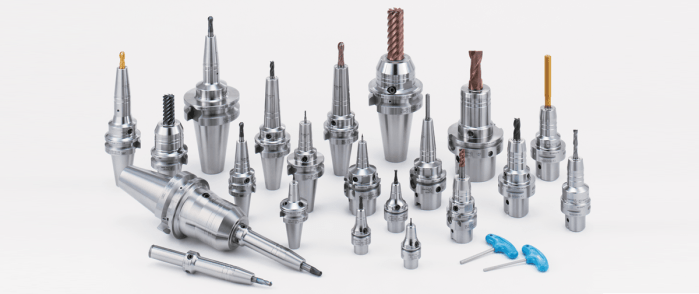
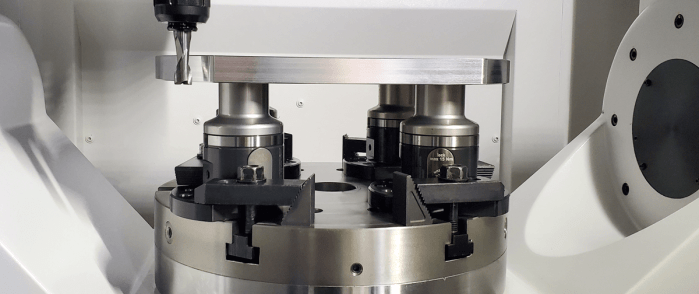
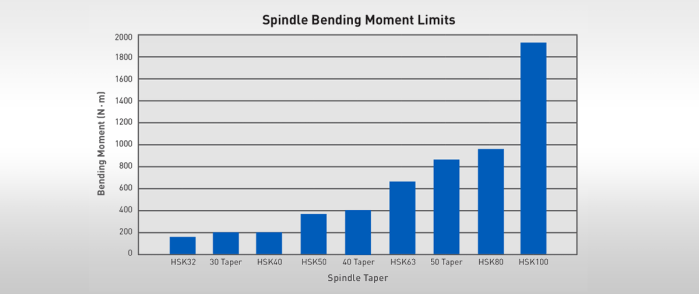
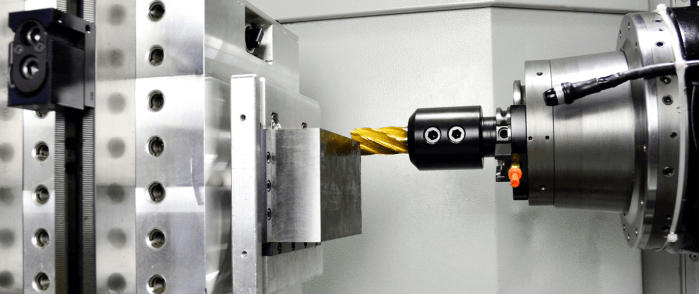
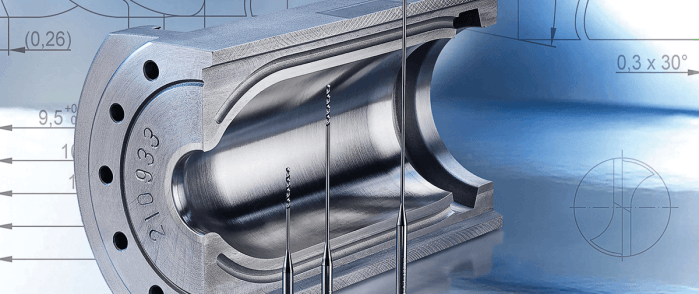
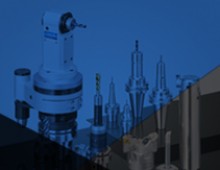
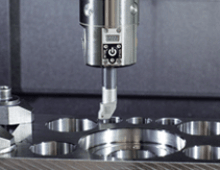
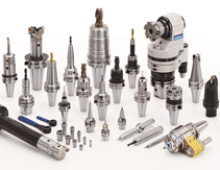
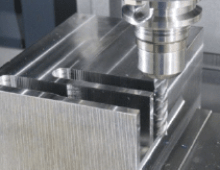
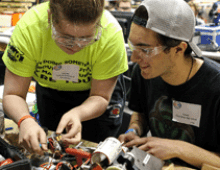
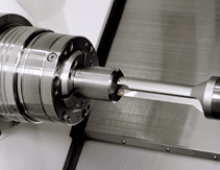
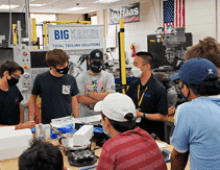
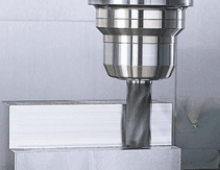
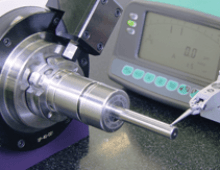
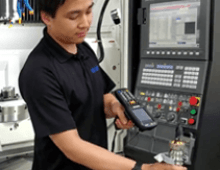
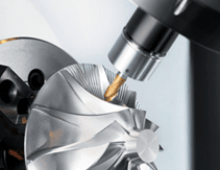
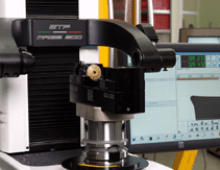
Did you find this interesting or helpful? Let us know what you think by adding your comments or questions below.